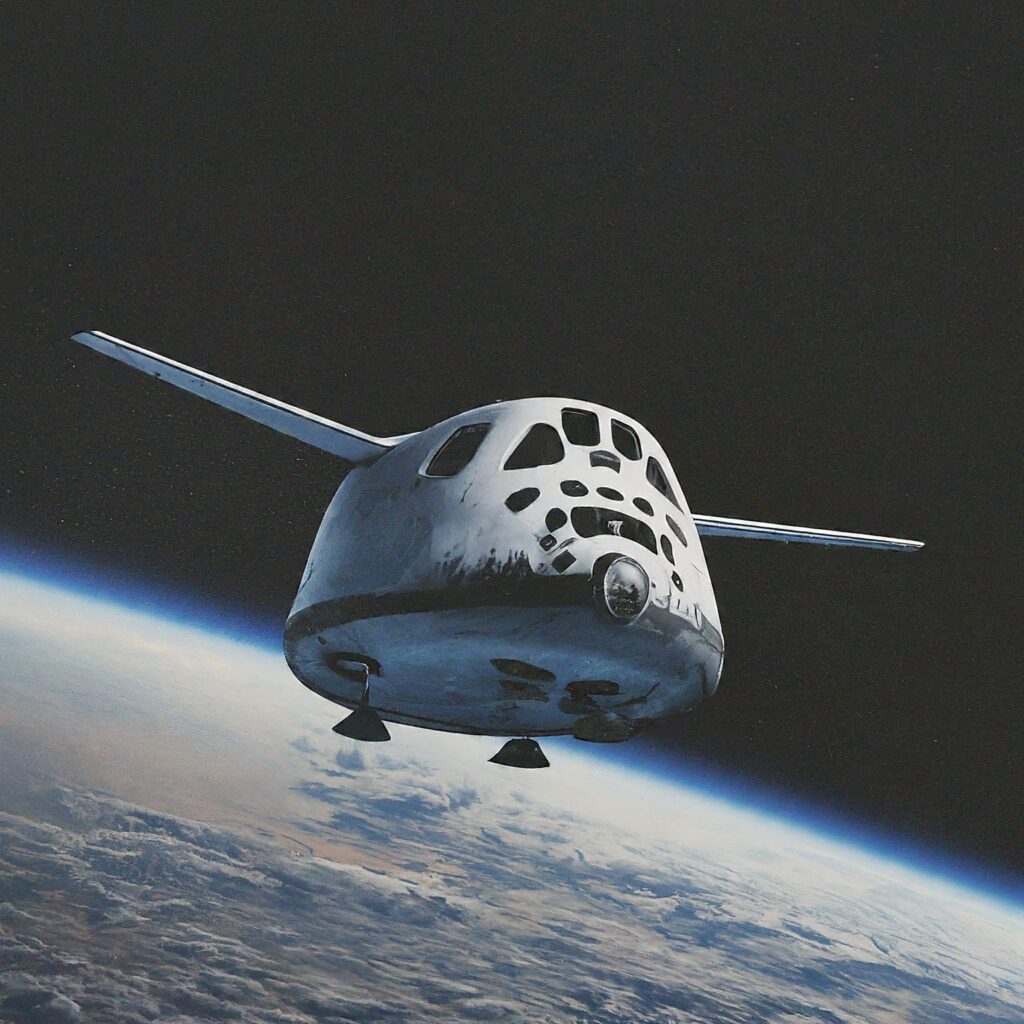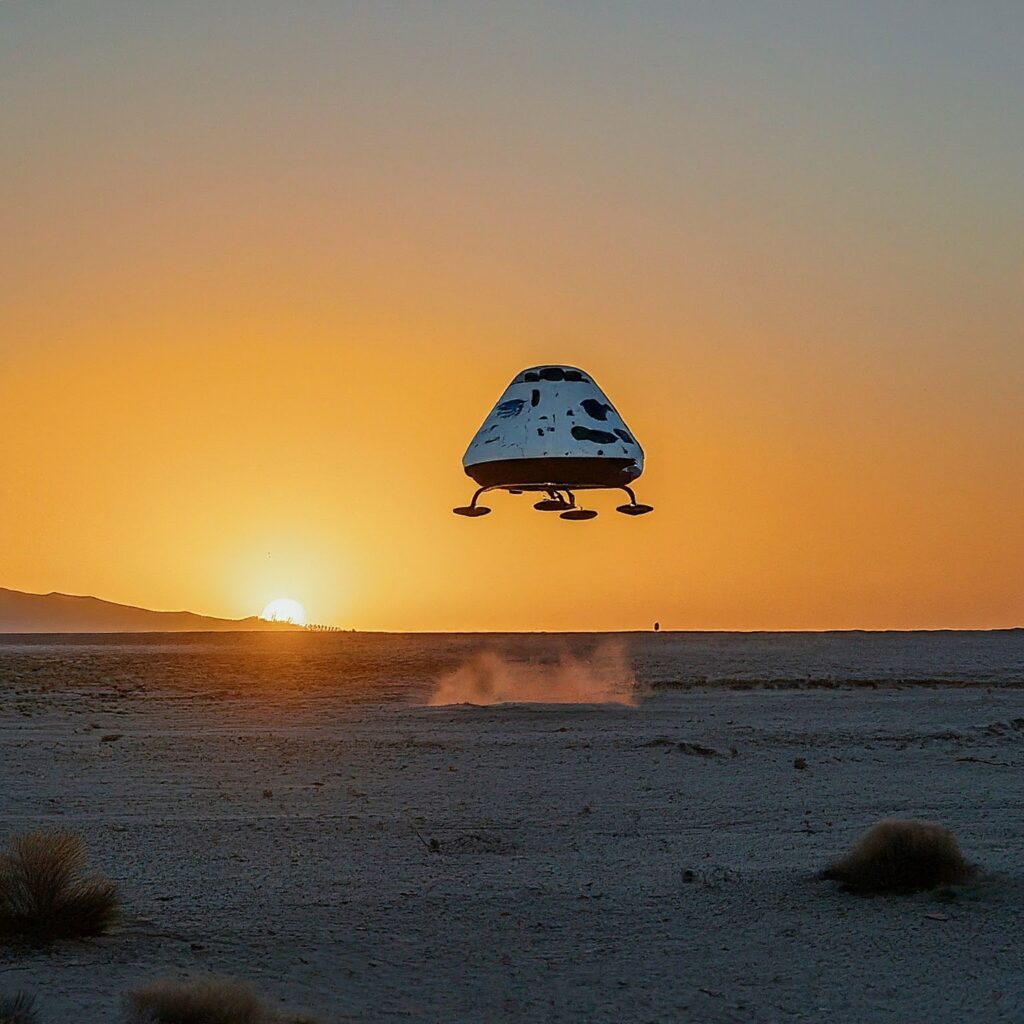Boeing’s Starliner spacecraft has successfully returned to Earth after completing its mission to the International Space Station (ISS). The smooth touchdown in the New Mexico desert brought back valuable scientific data and renewed confidence in Boeing’s abilities in space exploration.

A Look Back at Starliner’s Journey
To understand why this moment is so significant, let’s take a quick trip down memory lane. Boeing developed the Starliner as part of NASA’s Commercial Crew Program, a project designed to involve private companies in space travel. The goal? To create a reliable and cost-effective spacecraft that could transport astronauts to and from the ISS. Sounds straightforward, right? Well, it hasn’t been quite that easy.
Starliner’s journey has been a bit bumpy. In 2019, during its first test flight—known as the Orbital Flight Test-1—things didn’t go as planned. A timing error in the spacecraft’s software caused it to burn more fuel than intended, and it never reached the ISS. Although it wasn’t the success Boeing had hoped for, the mission did show that many of the key systems were working correctly, and, most importantly, the spacecraft landed back on Earth safely.
Not one to back down, Boeing tried again in 2022 with a second test flight, the Orbital Flight Test-2 (OFT-2). This time, things went much better. The Starliner reached the ISS, docked successfully, and ran a series of tests to ensure it would be safe for future human passengers.
The Latest Mission: A Flawless Return
Now, let’s talk about the most recent mission, which was considered a critical test for Boeing’s future in space. The Starliner made a flawless landing at the White Sands Space Harbor in New Mexico, a site known for its history with space landings since the days of the Space Shuttle. The spacecraft’s gentle landing was a moment of relief and excitement for space enthusiasts everywhere.

Why Is This Important?
So, why is this return such a big deal? Well, for Boeing, it wasn’t just about proving that the Starliner could reach the ISS and come back safely. It was also about demonstrating reliability and building trust. NASA needs more than one option for sending astronauts to the ISS, and the Starliner is meant to provide a second alternative alongside SpaceX’s Dragon capsule.
Having two dependable spacecraft gives NASA flexibility and backup options, which is crucial for manned missions. Think of it like having a spare tire on a long road trip—you hope you never need it, but it’s reassuring to have just in case. The success of the Starliner means more safety and more opportunities for scientific research in space.
What’s Next for Starliner?
Now that Starliner has successfully returned to Earth, the next big step is to fly with a crew on board. This upcoming mission, called the Crew Flight Test (CFT), is expected to happen next year. If all goes well, we could soon see astronauts flying on the Starliner to the ISS, giving Boeing a new boost in the world of space exploration.
A New Chapter for Space Travel
This success isn’t just a win for Boeing; it’s a win for everyone who dreams of exploring space. With new technology and partnerships, space is becoming more accessible. And while we might not be planning space vacations just yet, each successful mission brings us a little closer to that reality.
So, with the Starliner back on Earth, it’s more than just a landing—it’s a statement from Boeing that says, “We’re ready for the next big adventure.” As the dust settles in the New Mexico desert, one thing is certain: the journey has only just begun.
For more information – click here
To read more – click here
